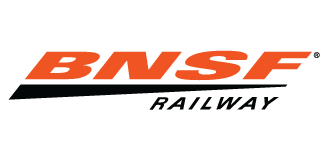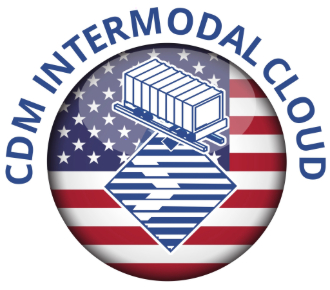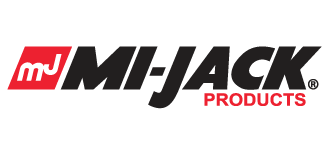Clearly, there is a disconnect between perception and truth, with most surveyed drivers reporting no defects on the chassis they return. The task force took this as its starting point in developing outreach and education, as well as the other big baseline, that drivers are concerned about their accountability for normal wear and tear. Note: This is a misconception. Only when the driver is responsible for the damage can they potentially be held liable.
For more of the facts, including the FMCSA regulatory fundamentals found in 49 CFR, 396.11, 396.12 and 396.13, see the webinar recording.
As a reminder, under 396.11 (b)(1), Equipment provided by intermodal equipment provider, every intermodal equipment provider must have a process to receive driver reports of, and each driver or motor carrier transporting intermodal equipment must report to the intermodal equipment provider or its designated agent, any known damage, defects or deficiencies in the intermodal equipment at the time the equipment is returned to the provider or the provider’s designated agent. The report must include, at a minimum, nine federally defined Roadability Component Defects or RCDs: (i) Brakes; (ii) Lighting devices, lamps, markers, and conspicuity marking material; (iii) Wheels, rims, lugs, tires; (iv) Air line connections, hoses, and couplers; (v) King pin upper coupling device; (vi) Rails or support frames; (vii) Tie down bolsters; (viii) Locking pins, clevises, clamps, or hooks; (ix) Sliders or sliding frame lock.
In future posts we’ll share the perspective of different stakeholders in the process. You can join the conversation along the way at #DVIRtruth.




.png)











































Comments